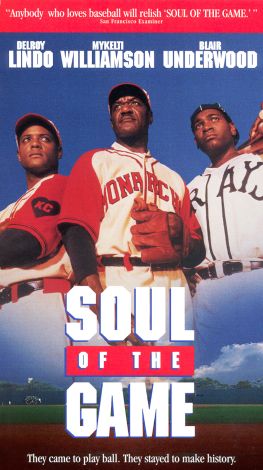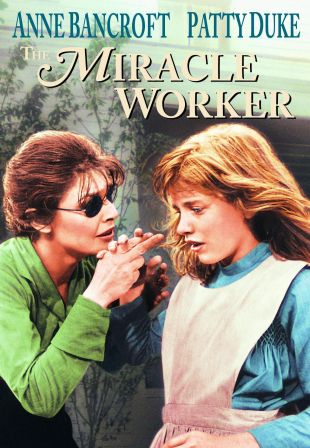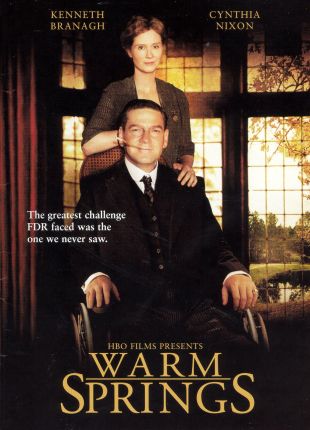
It's Good to Be Alive (1974)
Directed by Michael Landon
Genres - Drama |
Sub-Genres - Biopic [feature], Docudrama |
Release Date - Sep 25, 1974 (USA - Unknown) |
Run Time - 100 min. |
Countries - United States |
MPAA Rating - NR
Share on
Synopsis by Hal Erickson
For his TV-movie directorial debut, Michael Landon selected the autobiography of baseball-great Roy Campanella. It's Good to Be Alive begins when Campanella (Paul Winfield) is nearly killed in a car accident on January 26, 1958. He survives, but his fifth cervical vertebra has been fractured, meaning that he will be paralyzed for the rest of his life. Thanks to months of tireless efforts by physical-therapist Sam Brockington (Louis Gossett Jr.), Campanella is able to move about a bit, though he remains bitter about his condition. Campanella's accident causes a deeper rift in his already tottering marriage to his second wife Ruthie (Ruby Dee), and alienates his son David (Ty Henderson), who has been raised on his father's "never say die" philosophy. Realizing that by pitying himself he is letting his family down, Campanella sincerely adopts a more optimistic, upbeat outlook on life. Eventually, the wheelchair-bound Campanella accepts an offer to coach the LA Dodgers during spring training. In a finale reminiscent of Pride of the Yankees, Roy Campanella tearfully declares to an SRO audience at Los Angeles Coliseum that "It's good to be alive." When this 90-minute film first aired on February 22, 1974, it was introduced by the real-life Roy Campanella and his family (including his third wife Roxie).
Characteristics
Themes
Keywords
baseball, car-crash, coaching [sports], comeback, marital-problems, paralysis, son











